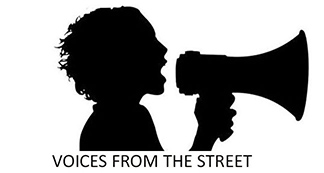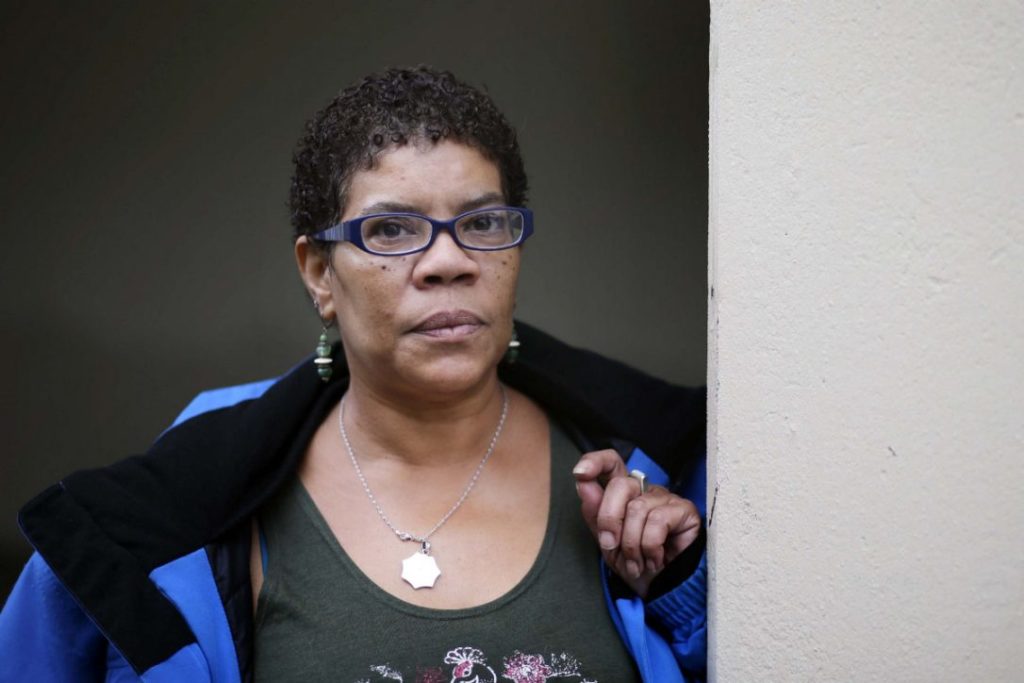Critics call sweeping plan to overhaul supports for low-income Ontarians too little, too late.
Venus Carter, 54, who has been on Ontario Works since she lost her job at a chocolate factory nine years ago, welcomes the proposed welfare changes, but wishes they would happen sooner. (ANDREW FRANCIS WALLACE / TORONTO STAR)
Venus Carter welcomes a provincial panel’s “transformational vision” for income security that proposes to raise welfare rates and introduce new housing and health benefits for all low-income households.
But the 54-year-old North York woman who has been on Ontario Works since she was laid off from her job in a chocolate factory nine years ago, says she will be a senior before the panel’s 10-year vision is complete.
“If they say it’s the right thing to do, then they should just do it,” she said. “Raising rates a little bit this year, a little bit the next, and then more after that still leaves us in poverty now.”
The 180-page “Roadmap for Change” report, released Thursday, calls for a 22-per-cent nominal welfare increase over three years, a new housing benefit to begin in 2019 and expanded health benefits for all low-income Ontarians, starting with prescription drug coverage in 2020.
The panel of advocates, experts and Indigenous leaders, appointed by Community and Social Services Minister Helena Jaczek in July 2016, recommends transforming social assistance from a meagre and rule-bound program of last resort into a broader income-security system that includes supports to all low-income Ontarians by 2027.
Jaczek said the government agrees with the need to “fundamentally reform” Ontario’s income-security system and will use the roadmap to develop a plan for early 2018.
The roadmap’s estimated $3.2 billion annual price tag by 2020 would be subject to the province’s “fiscal realities,” she added.
But NDP Leader Andrea Horwath slammed the government for waiting 14 years to act.
“People have lost ground under this government’s watch,” Horwath told reporters. “I’m disgusted by the fact that, on the eve of an election, the government is suddenly talking about poverty reduction and talking about this report. It’s far too little, far too late.”
MPP Vic Fedeli, the Progressive Conservative finance critic, blamed the Liberals for making life more expensive for families.
In recognition of the deep poverty experienced by people on welfare, especially singles, whose incomes fall well below any measure of adequacy, the panel proposes an “urgent” increase over three years to bring monthly benefits for a single person on Ontario Works to $893 from $721, a cumulative increase of 24 per cent. A cumulative 16-per-cent increase to the Ontario Disability Support Program would boost rates to $1,334 a month by 2020.
Ultimately, the report urges the province to set a minimum income “floor” for all Ontarians based on the provincial poverty line of about $22,000 for a single person to be achieved through a combination of social assistance and benefits provided outside the welfare system such as the proposed new housing benefit. It also recommends an “assured benefit” for people with disabilities.
“A very key part of the report is raising incomes for people who have been left behind for a very long time,” said panel member Pedro Barata, vice president of United Way Toronto and York Region.
“But an essential and complementary part of (the plan) is to also build a system of supports outside social assistance that will both help people leave social assistance and prevent people from falling onto (welfare) in the first place.”
A central pillar of the transformation is a new portable housing benefit that aims to help all households in poverty bridge the gap between low income and rent. The benefit would initially cover 25 per cent of the gap and rise to 75 per cent coverage by 2027, the panel recommends.
The housing benefit, along with increased investment in affordable housing and social housing repair are crucial to easing the plight of Ontarians living in poverty, Barata said.
“Housing continues to be the number one concern and expenditure among low-income households,” he said. “It takes away from their food, clothing and transportation budgets and it’s creating real instability among families.”
The report also tackles the design of social assistance, calling for the “basic needs” and “shelter” components to be collapsed into a single payment by next year. It would mean a homeless person, who currently receives only the “basic needs” amount of $337 a month, would see a significant boost.
The change would also mean an infusion of cash for repairs to social housing providers because welfare shelter benefits for people in rent-geared-to-income units are currently lower than those renting in the private market. Under a flat-rate design, this discrepancy would disappear.
“This is a really important step in terms of simplifying the system so people can start to understand what is going on,” said panel member Dr. Gary Bloch, a downtown family doctor and long-time anti-poverty activist.
The panel, headed by former Ontario court judge George Thomson, also wants the province to work with Ottawa on an expanded Working Income Tax Benefit, expected in next spring’s federal budget.
Thomson, who in the late 1980s headed an ill-fated welfare reform initiative for David Peterson’s Liberal government, said he thinks the current plan will be more successful because it addresses the broader income-security system.
“It needs to be seen as a package . . . as an attempt to look at all persons living in low income,” he said.
“In the same way people have rallied around very important income-security reforms like the child benefit, I’m hopeful they will do the same with this package of proposals,” he said. “I am hopeful it will be seen as the kind of thing all (political) parties can support.”
The roadmap report is available online at ontario.ca/incomesecurity for public comment over the next 60 days.

